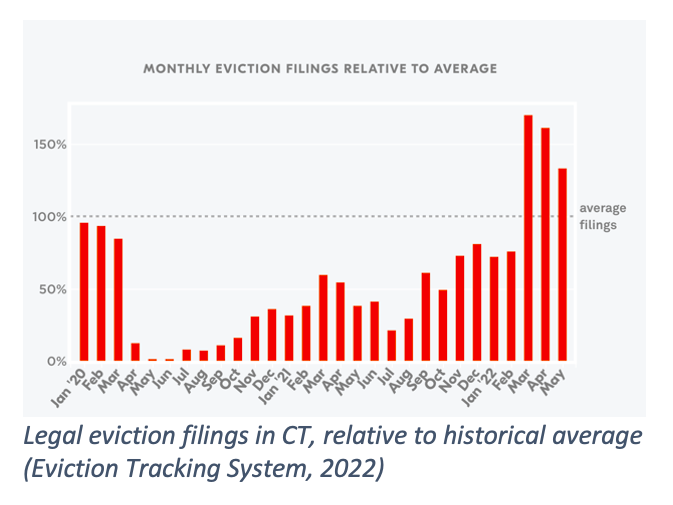Associations Between Eviction, Intimate Partner Violence, and HIV Risk
May 25, 2022
Each year, more than 2 million renters in the United States are legally evicted and even more renters experience other forms of landlord-related forced moves, such as eviction threats or steep rent increases. Moreover, there are race and gender disparities in eviction rates, such that Black renters, and particularly, Black women, face a disproportionate risk of eviction. With economic instability, rapid inflation, and the end of protection measures put in place at the beginning of the pandemic such as the eviction moratorium, evictions rates are not projected to decrease any time soon.
In a new study published in Social Science & Medicine, researchers at the Dornsife School of Public Health (DSPH) sought to expand understanding of the negative health effects of an eviction by examining associations between eviction, intimate partner violence (IPV), and HIV risk.
"Our research is the first to show that intimate partner violence (IPV) is also a consequence of eviction, which is of critical importance given that IPV is a significant public health problem with long-lasting health consequences.” - Lead author by Ali Groves, PhD, MHS, DSPH
The study was led by Ali Groves, PhD, MHS, DSPH, Assistant Professor of Community Health and Prevention; DSPH doctoral students Patrick Smith, BSN, RN, the second author, and Luwam Gebrekristos, MPH; as well as researchers from Yale University School of Public Health and American University’s Department of Sociology.
Researchers utilized data from a longitudinal study of 282 low-income adults in New Haven, Connecticut, to examine whether reporting a landlord-related forced move at the beginning of the study (including, but not limited to, legal eviction) was associated with intimate partner violence and HIV sexual risk reported six months later.
The study concluded that intimate partner violence is itself a negative consequence of forced moves that also contributes to other negative health effects, like HIV risk.
“Prior research has shown that IPV is a known cause of housing instability. Specifically, individuals who experience IPV may leave a house for their own safety, or in some cases, may be evicted by a landlord for being labelled a “common nuisance” because of too many calls to 911. Our research is the first to show that IPV is also a consequence of eviction, which is of critical importance given that IPV is a significant public health problem with long-lasting health consequences,” said Groves.
 Healthcare providers can play a role in prevention by offering violence screening and referrals as well as other housing resources for patients impacted by eviction.
Healthcare providers can play a role in prevention by offering violence screening and referrals as well as other housing resources for patients impacted by eviction.
These findings also shine a light on the importance of policy-level solutions to prevent eviction and increase housing affordability to address the rising burden – and inequitable distribution – of evictions among low-income renters.
“The findings of our study, alongside growing evidence of poor health outcomes following eviction, serve as a reminder that housing is a key social determinant of health. Given that eviction filings in Connecticut are higher than pre-pandemic levels, it may be more important than ever to document the significant negative impacts of eviction. Such understanding can inform our response to eviction and future policies and programs to reduce eviction in the future,” said Groves.
Moreover, because Black renters, and especially Black women, face a disproportionately high risk of forced moves, programs and policy interventions related to eviction prevention may be critical to reducing their risk of IPV and promoting health equity.
This research will be published in Social Science & Medicine’s July 2022 volume and is available online prior to publication at the following link.
Read the full study